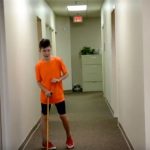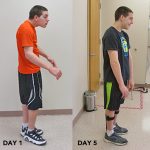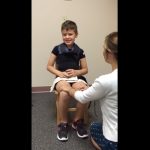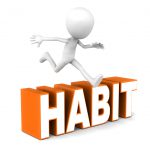In children with cerebral palsy, their early movement patterns are learned with a damaged, immature brain. It becomes their “normal” way of moving. When challenged to move differently, surprising things […]
Alignment, Awareness, Recruitment and Strength
In the older child, teen or adult with established body habits, the first step is to restore alignment. In many, this can be accomplished in a few days of intensive […]
FAQ – How Do You Change Habits?
Brains and bodies learn experientially – that means that if we do a movement with bad form, bad form is what we learn. Athletes know that it is all too […]
FAQ – How Are Habits Made?
Brains are not judgmental. The child’s brain is not able to distinguish between a normal movement and an abnormal movement. This means that if a child always moves in a […]
When is It Too Late for Changes in Speech?
How much change can you expect in a day or two? If you access the child’s neuroplasticity with a novel challenge, the change can be amazing. Listen to Oscar reading […]
Habit Hides Recovery: What does your child’s teacher need to know?
The teachers all know the diagnosis your child has been given from the admission forms you filled out, but most teachers do not have an extensive education about either cerebral […]
Minimize Maladaptive Motor Habits
Whatever you do, your body will learn to do better. If you are walking badly, your body will learn how to do badly better. Over a long period of time […]
The Good, the Bad & the Ugly Facts About Growth and Recovery
The Good – The first 3 to 4 years are a period of active neuroplasticity in humans. Brain growth is explosive and there are many available neural networks. One of the best examples of early neuroplasticity is the exposure to language. If a child is raised hearing 2 or more languages, they are able to learn them all. In certain areas of Switzerland it is commonplace for children to be fluent […]
The Boy Who Could Run Better Than He Could Walk
All baby brains have the potential to recover to some extent and some may be cured completely. (Baby Brains Can Recover – Pediatric Neuroplasticity) What about the child who does […]





